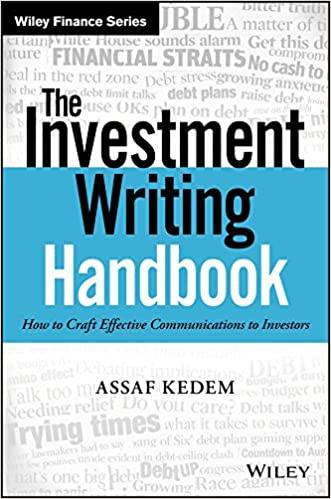PLEASE HELP MIDTERM QUESTION
DUE TONIGHT!!!!

Using the J Curve effect to evaluate the impact of a revaluation of Chinese Yuan (or a depreciation of US dollar relative yuan) on the US-China trade balances. Please note that US trade balances are calculated in dollars and US has a trade deficit with China. A. Short-run effect: US-China Trade Balances during Currency Contract period (both price and quantity are already contracted by buyers and sellers and they cannot be changed) e.g. Timeline of transactions: Contract signed (t1)Yuan Revaluation or dollar depreciation ( t2 ) Payments Due ( t3 ) recorded in US exports and imports US import contracts in S US import contracts in Yuan US export contracts in Yuan US imports stay constam and US exports increase in $ term. US BOT will improve fless deficit) US export contracts in $ B. Pass-through Period: In this period, firms and individual can renegotiate the contracts of exports and imports, but they still face constraints to adjust production or finding other suppliers, i.e. quantity of supply and demand are constant only prices of export and imports can change. US imports with inclastic supply (in China) US exports with inelastic supply (in US) US imports with inclastic demand (in US) Q.ep siay constant while P. increases or stay the same Qmo stay constant while P- decreanes US BOT will improve (less deticit! US exports with inelastic demand (in China) Using the J Curve effect to evaluate the impact of a revaluation of Chinese Yuan (or a depreciation of US dollar relative yuan) on the US-China trade balances. Please note that US trade balances are calculated in dollars and US has a trade deficit with China. A. Short-run effect: US-China Trade Balances during Currency Contract period (both price and quantity are already contracted by buyers and sellers and they cannot be changed) e.g. Timeline of transactions: Contract signed (t1)Yuan Revaluation or dollar depreciation ( t2 ) Payments Due ( t3 ) recorded in US exports and imports US import contracts in S US import contracts in Yuan US export contracts in Yuan US imports stay constam and US exports increase in $ term. US BOT will improve fless deficit) US export contracts in $ B. Pass-through Period: In this period, firms and individual can renegotiate the contracts of exports and imports, but they still face constraints to adjust production or finding other suppliers, i.e. quantity of supply and demand are constant only prices of export and imports can change. US imports with inclastic supply (in China) US exports with inelastic supply (in US) US imports with inclastic demand (in US) Q.ep siay constant while P. increases or stay the same Qmo stay constant while P- decreanes US BOT will improve (less deticit! US exports with inelastic demand (in China)








